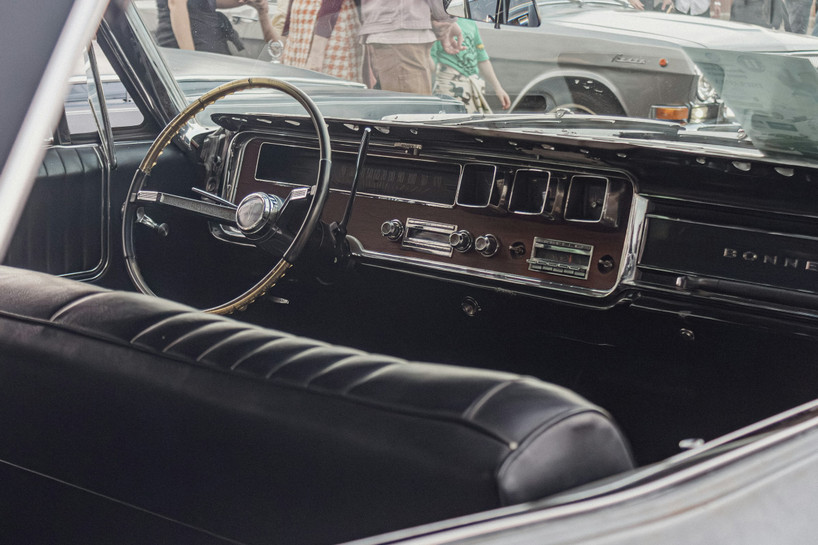Choosing the right radio for a classic car often comes down to tradeoffs—style, features, expandability, and authenticity. Two brands that frequently surface in this conversation are RetroSound and Ken Harrison. Below is a comparative overview—pros, cons, and ideal use-cases—from the Vintage Car Radio perspective.
Brand Philosophies & Focus
RetroSound is built around modular radios designed to blend modern capabilities with flexibility. Their “Motor” series (Motor 1B, 2B, 4HD, etc.) integrate Bluetooth, USB, AM/FM RDS tuning, subwoofer outputs, and customizable displays. They emphasize a universal base design with configurable bezels and mounting (their InfiniMount system) to fit many classic dashboards.
Ken Harrison is more niche. Their KHE-series radios, such as the “KHE-300,” target specific classic car models (Mustang, Corvette, Chevelle, etc.). Ken Harrison radios often combine radio functions, USB playback, and built-in amplification in a package tailored to that car’s dash form.
In short: RetroSound prioritizes flexibility and a .ecosystem; Ken Harrison prioritizes vehicle-specific form factor and plug-in convenience.
Features & Technical Comparison
RetroSound Highlights
-
The Motor series include Bluetooth built-in, RDS AM/FM with 30 presets, USB inputs, and configurable display options.
-
They offer internal MOSFET amplifiers: for instance, Motor 1B features a 275-watt peak amp (18 W × 4 RMS) and Motor 2B provides stronger output.
-
RetroSound radios include dedicated subwoofer outputs and multiple RCA pre-outs for external amplification.
-
The InfiniMount adjustable bracket system helps adapt the same radio body to different dash depths and positions.
Ken Harrison Highlights & Limitations
-
Ken Harrison radios (like the KHE-300) combine radio, USB (or MP3 playback), and internal amplification in a compact body that fits directly into the factory opening for that model.
-
Their advantage is plug-and-play simplicity in a specific car—minimal modifications and a matched fit.
-
The tradeoff: less flexibility. You may have fewer or lower-voltage pre-outs, less headroom for external amps and subs, and limited display or mode customization compared to broad modular systems.
Strengths, Weaknesses & Use Cases
Why choose RetroSound?
-
You want a radio that can adapt across multiple cars or be re-used during a future build.
-
You plan to expand power, add subs, or run external amplifiers—RetroSound gives more headroom and outputs.
-
You appreciate display options, modern features, and tuning flexibility (RDS metadata, color backlighting, etc.).
Why choose Ken Harrison?
-
You own a classic car model that Ken Harrison supports directly (Mustang, Corvette, etc.).
-
You don’t want to deal with fitment, brackets, or bezel matching—Ken Harrison’s kits often come ready for your dash.
-
Your audio system may remain modest, not requiring extreme amplitude or expansion later.
Final Thoughts
RetroSound and Ken Harrison both bring real value in the classic car audio world—but they aim at different priorities. RetroSound is your go-to if you want flexibility, power, and modular customizability. Ken Harrison is excellent if you want a radio that “just fits” your specific car and requires minimal adjustment.
At Vintage Car Radio, when clients prioritize future expansion, we lean toward RetroSound. When they want a hassle-free radio that matches a particular car’s dash and appearance, Ken Harrison becomes compelling. In either case, both options are far better than leaving your original radio in place—your classic deserves sound as refined as its looks.



